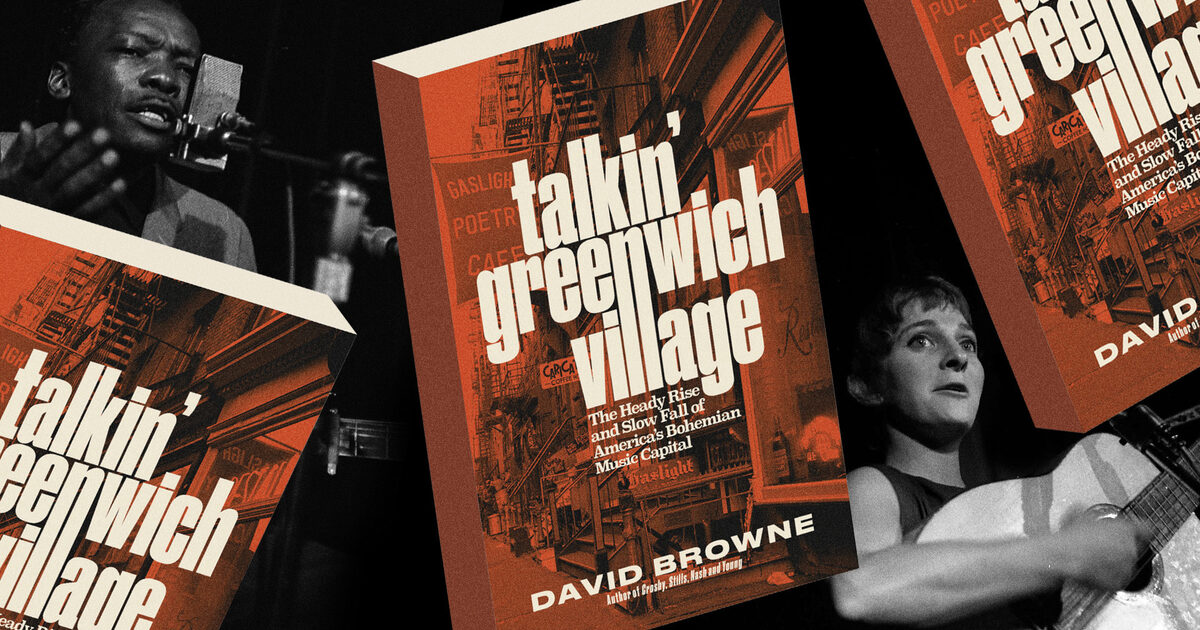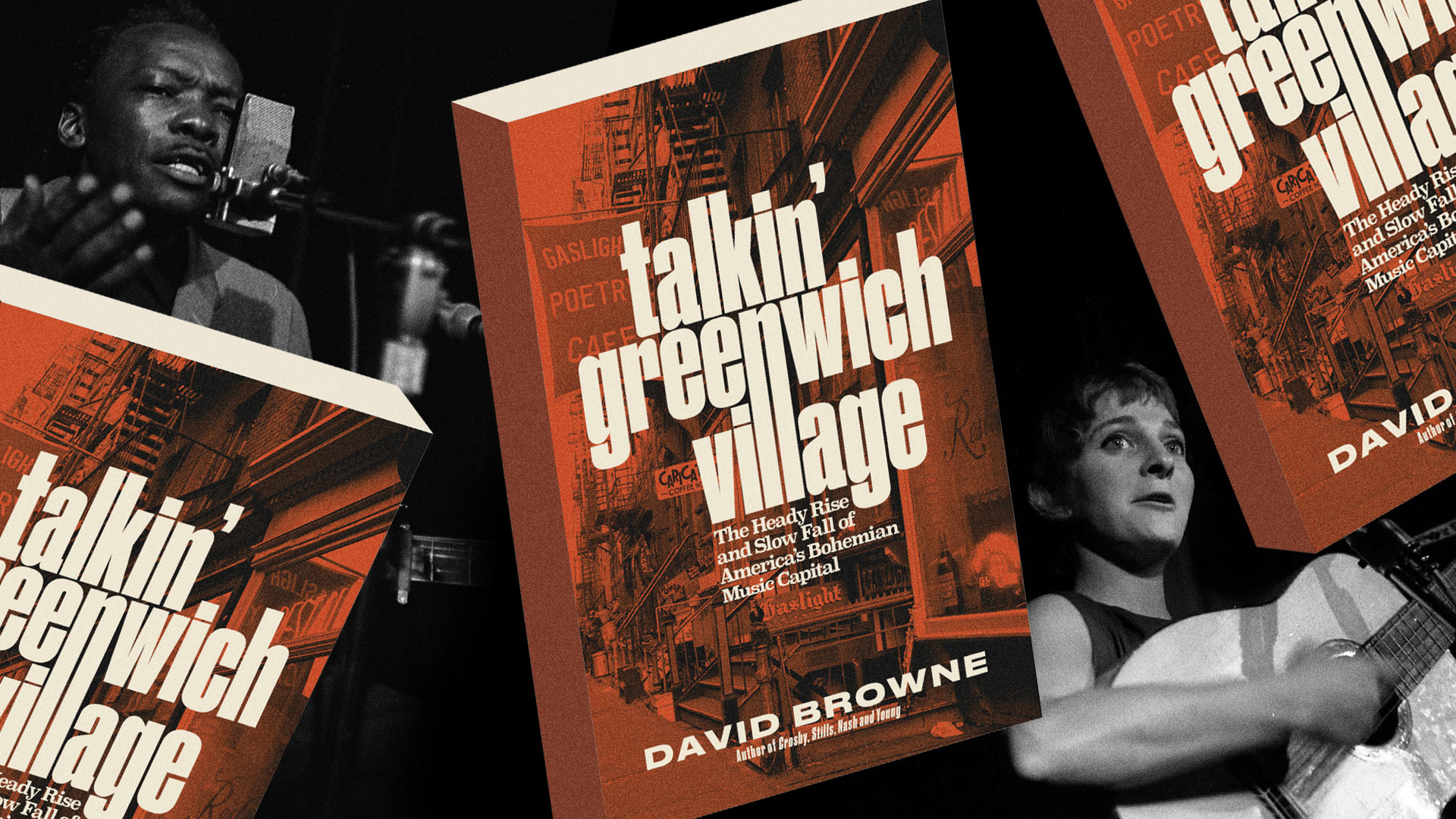

You’ve written books about The Beatles, Jeff Buckley, and Sonic Youth. What made you decide to tackle the artists that revolutionised the village for this book?
David Browne: The idea had been in the back of my mind for a long time. The seeds for it were probably planted decades back when I moved into the Village to be a college student at NYU – I wasn’t there in the ’60s, I was there much later in the ’80s. But even then, I saw there was still a music scene. It was starting to revive in the late ’70s and early ’80s. But when I started working for The New York Daily News in the late ’80s, I started seeing it crumble. One club after another would close, and often they wouldn’t be replaced by another club. The idea was definitely festering there and then I also wrote some similar articles for Rolling Stone. One was about Ramblin’ Jack Elliott, who was part of that scene for a bit and another was about David Blue, who was also part of the Dylan crowd. So all that research plus I was looking for a new book to do – it just seemed like a natural time. Also, no one had really done a narrative history of this scene, so I felt like it was a good time for me to look back on that period.
Why do you think there is such a fascination with the Village and its music scene?
It’s been so interesting to see The Village come back into pop culture in the last decade. First, there was Inside Llewyn Davis, then The Marvelous Mrs. Maisel, which was partly set there, and now we’re seeing The Complete Unknown. Especially in the last few years, there has been a newfound fascination and allure to the idea of this small, tightly knit community where you can club hop practically from one door to the other while hearing groundbreaking folk, jazz or rock. You would hear poets in these small, cozy spaces where you could smoke or drink and there were no cell phones. There were no distractions and I think it speaks to a longing for a community and for hearing music that you hadn’t heard before. I think one of the allures of The Village back then is that people went there to hear music that was really fresh and not every city had a Bob Dylan. If you went to The Village Vanguard or the Five Spot Café, you could see Ornette Coleman or John Coltrane and hear something you’d never heard before.
The Village had a very specific energy in the latter half of the 20th century. How would you describe its energy and do you think it still has that today?
It hasn’t changed that much physically. For the most part, you can walk those same streets and many of the same buildings are still there. The streets are still narrow and tiny, and they zigzag and intersect. While there are more NYU buildings than there were in the ’60s – a classic club called The Bottom Line became an NYU building – you can still walk those streets and feel the ghosts of the past. You can walk the steps leading down to The Gaslight Cafe, even if that’s now a restaurant. When most people go out today in the neighbourhood, they are mainly going to the bars and restaurants because only a handful of music clubs are left. But it’s still a magnet for young people because there’s still nothing quite like it in New York City. The Village was always a village within the city. I think what it needs is some more music venues but we’ll see if that happens.
A Complete Unknown follows a few of the same years and events that you cover in the book. What were your thoughts on the film?
Much like Inside Llewyn Davis, it captures what it was like to live there in these tiny apartments and congregate in these basement clubs with not a whole lot of people. A lot of the spaces like Gerde’s Folk City and Gaslight Cafe barely held 100 people. And I think both of those movies, especially A Complete Unknown, put you right there and depict it pretty accurately. Of course, certain things were a bit head-scratching. For example, MacDougal Street is not a two-way street and Joan Baez didn’t stumble into Gaslight and see Dylan singing ‘Masters of War’ the night of the Cuban Missile Crisis. It’s the Hollywood version where they condense everything. But putting that aside, I think the movie does a terrific job of capturing his transition from Minnesota kid to rock star. In a way, it captures the transition of The Village, showing how that neighbourhood became pretty commercialised and touristy within that time frame. It’s not a documentary, but certainly gives a sense of what those venues and places looked like and felt like.







